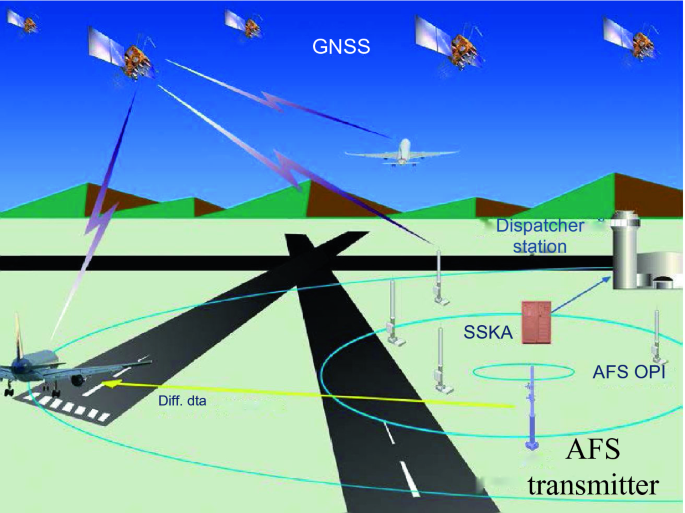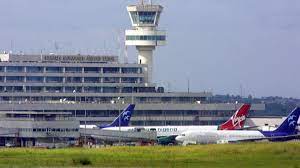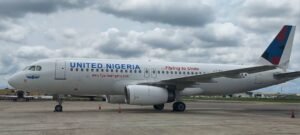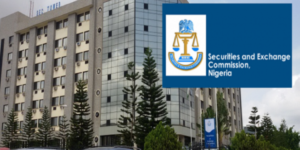
Nigerian Airspace Management Agency (NAMA) has upgraded navigational infrastructure nationwide with the deployment of the Satellite-Based Augmentation System (SBAS) flight procedure.
The new infrastructure, will enhance safety, improve the operational efficiency of airlines and increase profitability in the long run through reduced operational costs.
Acting Managing Director of NAMA, Matthew Pwajok, after a successful test flight of the SBAS flight procedure using the agency’s calibration aircraft, recently in Abuja, expressed confidence that the infrastructure would increase the efficiency of the airlines through reduced flight time and turnaround time.
Pwajok recalled that NAMA had earlier implemented Performance-based Navigation (PBN) in 32 airports including military, private, state government as well as federal government airports.
“The whole essence of the SBAS is to improve the integrity, accuracy, availability, and continuity of the PBN signals by deploying a ground infrastructure or a master station that receives signals from several satellites triangulates them, and takes the best location, and then broadcast it through a broadcast media globally to be received by any aircraft within that airspace.
“So, we have done PBN that provides lateral guidance needed to locate an airport but we have gone a step further to improve on it by implementing precision approaches using the satellite provided by Nigerian Communications Satellite (NIGCOMSAT),” he said.
Pwajok explained that while PBN provides lateral guidance for the aircraft to locate an airport, SBAS would provide improved accuracy, improved integrity of the signals, and improved availability and continuity of the signals as it collects information from several signals or satellites rather than an aircraft using just one signal from a Global Positioning System (GPS) to fly.
“So, the samples from several satellites would improve on the indication of accuracy. Aircraft can then use it for improved accuracy in approach and landing, improved accuracy in flying en route, and improved accuracy in even descent profile as it provides us with the capacity to give aircraft lateral guidance, and vertical guidance either for approach and landing or take-off and climb for enroute flight. By this, it has helped us to maximize the use of limited airspace, reducing what we refer to as controlled flights into terrain,” Pwajok said.
He said the SBAS would be a win-win situation for airlines over time, adding that they have been focusing on reducing costs and increasing profitability. This innovation will surely be of immense benefit to them in that regard.








